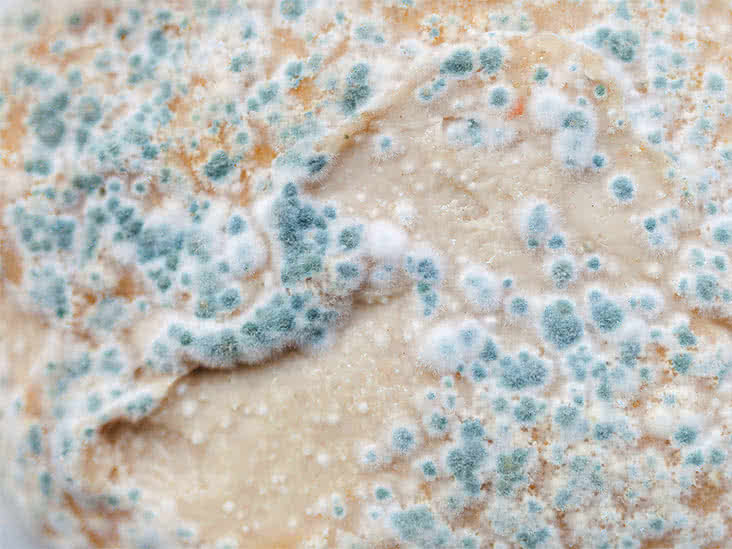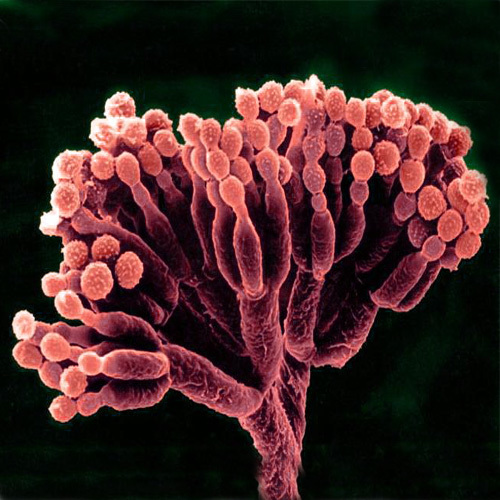Basically, moulds are grown in moist, damp, and wet areas. In some cases, they are grown in our households. If the moulds start to spread, then it might cause extensive damage to the property and might put people living in that household at health risk.
Thus, it is always recommended to do mould tests if you see them growing in your households. Looking at the toxigenic and allergenic nature of moulds, it is always better to hire a professional to do tests and removal. For which you can remember us. The procedure of how we work is as:
- Request us for the sample collection.
- We will send you the sample collection kit.
- We will contact you again for further confirmation on the sample you sent us.
- We will do a sample test in our lab using our assay which detects 30+ moulds in a single test.
- After doing the test confirmation, we will provide you with the results.

After the identification of mould, what’s next?
After identification, we will provide you with the procedure on how to remove that mould. You can hire a professional mould removalist. Or, if the mould is not toxigenic and allergenic, and is on a small surface, you can use the bleach method or a vinegar solution to remove it.
